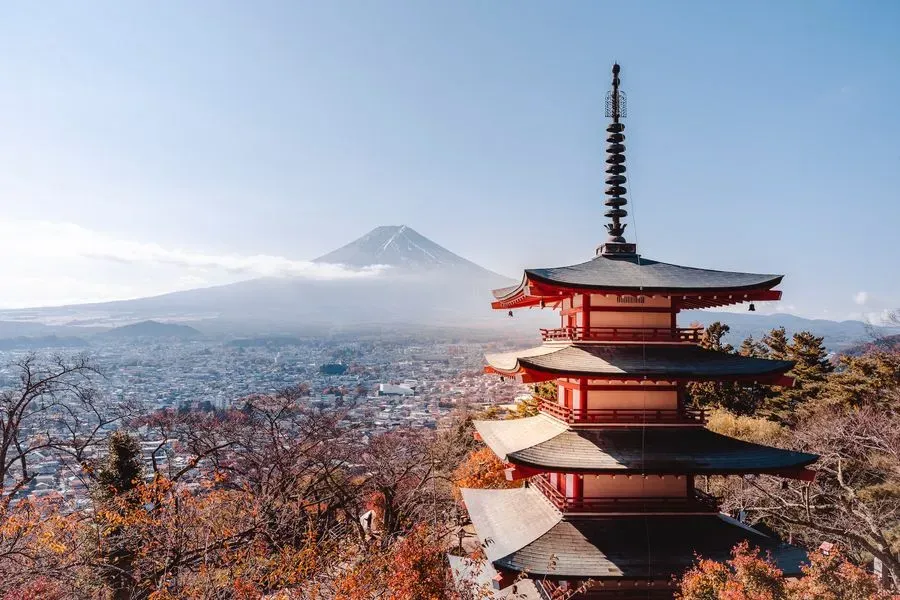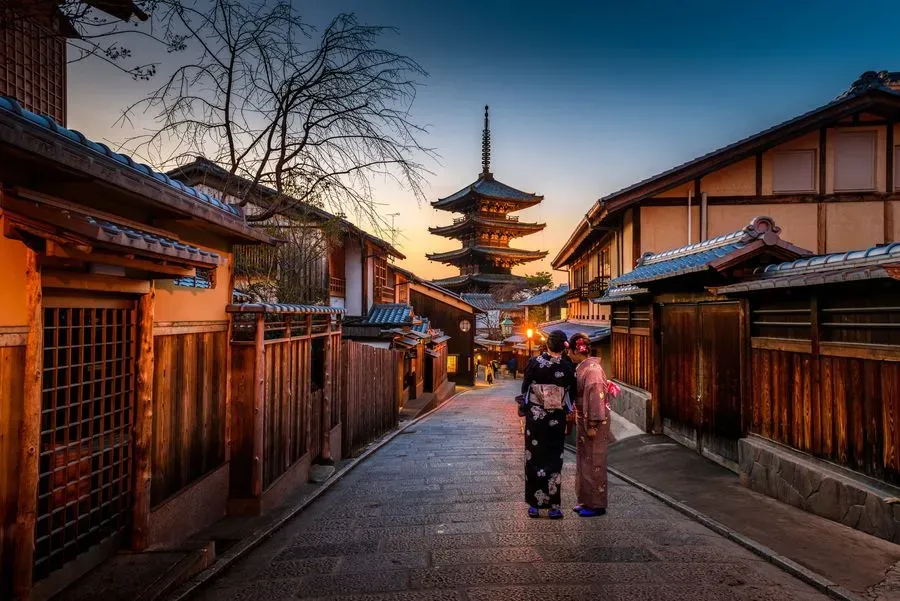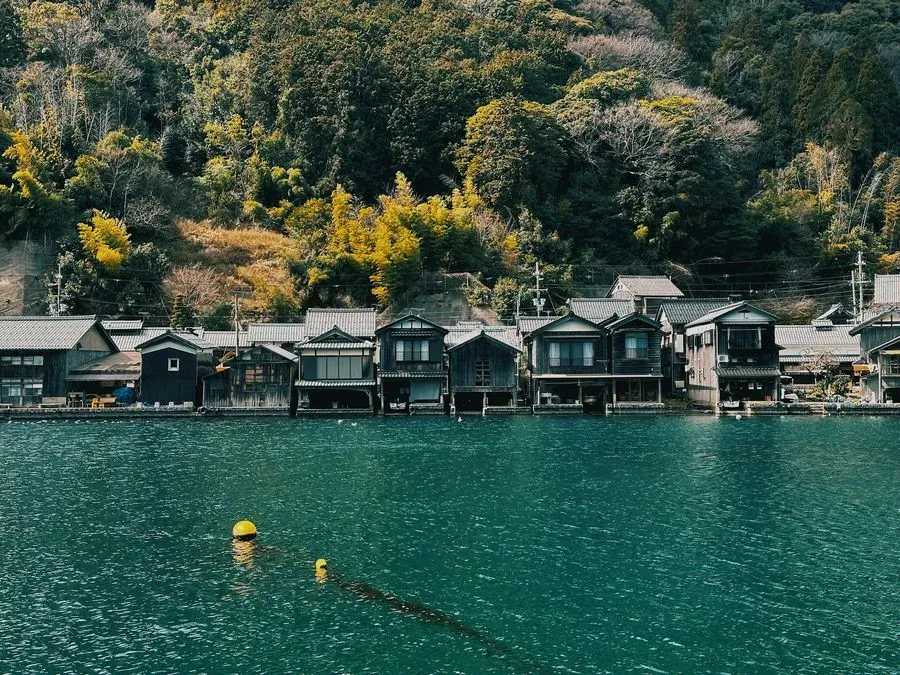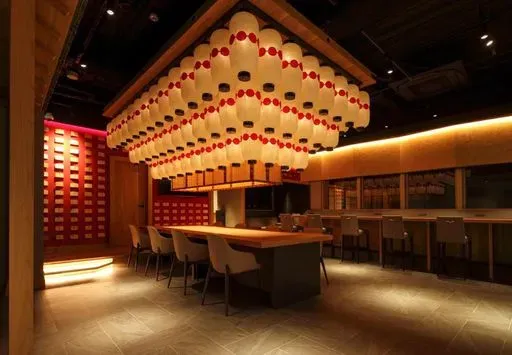Create a Fyno account
to save your Iceland trip
By continuing you agree to our Terms of Service and Privacy Policy.
Himeji Castle
Compare prices:
Word from curator
Himeji Castle, often referred to as the "White Heron Castle" due to its striking white appearance and elegant design, is a national treasure of Japan and one of the country's most iconic and well-preserved feudal castles. It's celebrated for historical significance, architectural beauty, and UNESCO World Heritage status.
The castle complex, characterized by its stunning white plaster walls and intricate wooden framework, is a remarkable example of Japanese castle architecture from the early 17th century. Himeji Castle features a complex layout with multiple defensive features, including moats, gates, and stone walls, making it a formidable fortress from Japan's feudal era.
One of the highlights of a visit to Himeji Castle is the main keep, a towering structure that offers commanding views of the surrounding city and landscape. Inside the keep, you can explore the various floors and exhibits, gaining insights into the history and significance of the castle.
Surrounded by beautiful cherry blossom trees, Himeji Castle is particularly enchanting during the spring cherry blossom season when the castle grounds are adorned with delicate pink blooms. The castle's grounds also include a lovely garden, Koko-en, where you can relax and appreciate traditional Japanese landscaping.
Himeji Castle stands as a testament to Japan's rich cultural heritage and architectural mastery. Its pristine appearance, historical significance, and well-preserved condition make it a must-visit destination if you are eager to step back in time and explore the grandeur of Japan's feudal past.









